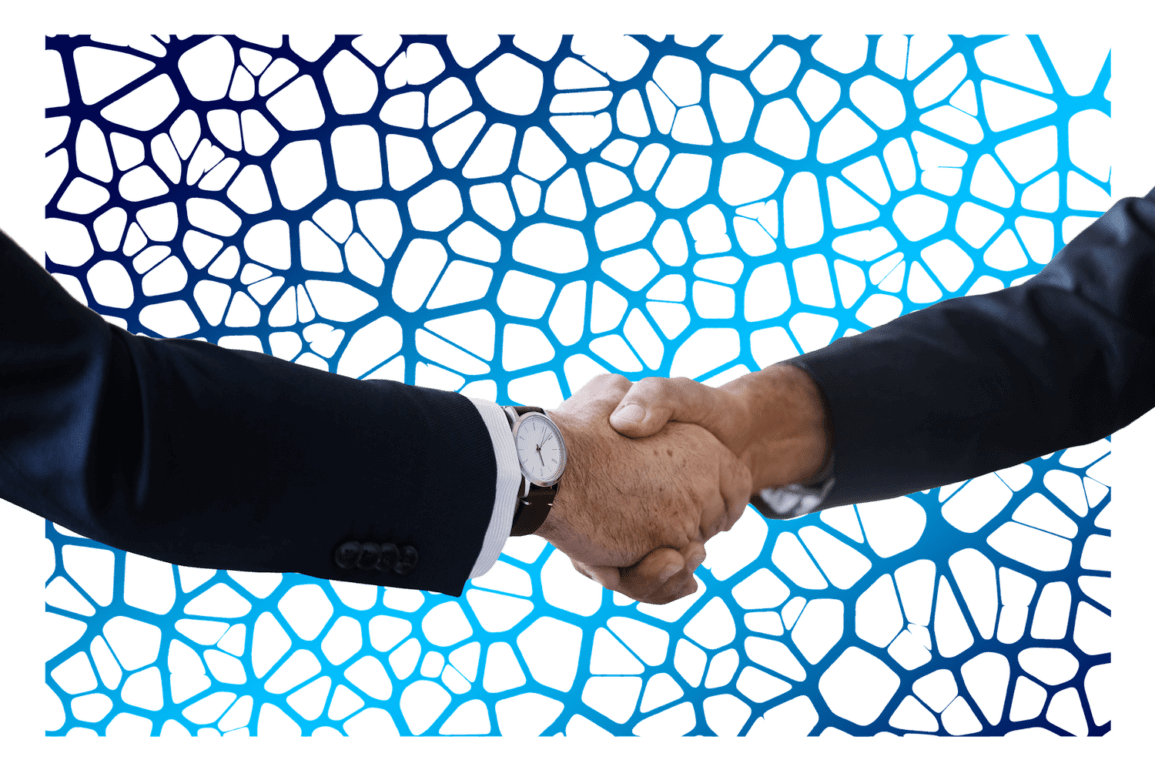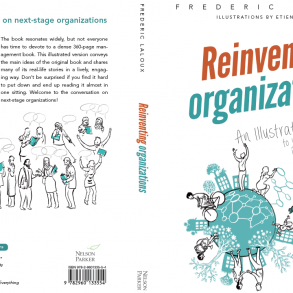By Gideon Rosenblatt and originally published at alchemyofchange.net
This is Part 2 of a 2-part article. Read Part 1 here.
Super Elastic, Super Fantastic Membrane
 There’s another turn in the story though, and it’s one I’ve touched on in previous posts. This membrane that the organization uses to connect with its environment is made up of people, but it isn’t just limited to the employees of the organization.
There’s another turn in the story though, and it’s one I’ve touched on in previous posts. This membrane that the organization uses to connect with its environment is made up of people, but it isn’t just limited to the employees of the organization.
“Orders of engagement” is a framework for extending the membrane to include customers and partners who are also engaged in the work of the organization.
- First-order engagement is management engaging employees in the work of the organization.
- Second-order engagement is employees engaging customers and partners in the work of the organization.
- Third-order engagement is customers and partners engaging other customers and partners in the work of the organization.
So it’s not only the case that people are the collective intelligence the organization uses to relate to its environment; it’s that this intelligence is radically decentralizing … it’s bursting out of the frame of the org chart.
Want a few examples?
- Social CRM tools like Radian6 help organizations monitor what customers are saying on Twitter, Facebook and other social media channels – a prime example of technology augmenting the membrane’s signal reception for information outside the organization.
- Amazon affiliates aren’t employees; they’re somewhere between a partner and a customer. There are lots of different types of Amazon affiliates, often specializing in various product or market niches. Amazon’s affiliate network builds its intelligence in selling to these niches, and unlike the old days, this intelligence no longer has to reside inside Amazon itself. It can sit outside Amazon, in its affiliate network, and still build the collective intelligence of the membrane. This particular distributed intelligence just happens to also create decentralized value that adds a nice revenue stream as well.
- Organizations like Facebook, Twitter and Foursquare would literally be nothing without the third-order engagement of their users, who literally build these services with each post, tweet and check-in they make. Third-order engagement is the cutting edge of organizational design precisely because it grows the organizational membrane – extending it dramatically through the social networks of users. These companies are the future of organizational design precisely because they’ve re-imagined the way they tap the most powerful source of intelligence and energy on the planet – the power of people.
Pay no attention to that man behind the curtain…
 There’s no denying that technology plays an important role in the increased permeability of organizations, but behind every email, tweet and text message is a real person. Even something as technical as the relationship management database organizations use to track and organize their relationships is still designed and operated by people.
There’s no denying that technology plays an important role in the increased permeability of organizations, but behind every email, tweet and text message is a real person. Even something as technical as the relationship management database organizations use to track and organize their relationships is still designed and operated by people.
I speak from lots of painful consulting experience when I say that technologies that don’t map well to the way people actually work is technology that’s doomed to failure. The organizational membrane may be augmented by technology, but it’s still fundamentally a human phenomenon. Getting permeability right means getting employee engagement right. Another way of saying that is that third-order engagement depends on second-order engagement, which ultimately depends on first-order engagement.
What’s the Meaning of This?
 Permeability and third-order engagement are the future of organizational design.
Permeability and third-order engagement are the future of organizational design.
When it comes to thinking about the future, I’m half-Flintstones and half-Jetsons. I worry about whether we’re handing my boys and the generations that follow them a severely degraded quality-of-life.
At the end of the day though, I guess I’m an optimist at heart. I believe that nature (or God, depending upon your point of view) has a wonderful way of correcting imbalances. Today we’re seeing massive societal and environmental problems arising from an old generation of large, powerful organizations having too much power over the future of our world. And yet, out of this imbalance, we are now seeing the stirrings of a powerful corrective force.
The emergence of new organizational designs based on the metaphors of open, living systems will become a powerful, corrective force. Permeability and increased stakeholder engagement are part of something very big just that’s over the horizon. You might even say it is the next phase in the evolution of democracy; one that will extend its reach beyond the public realm and into the private sector. When it comes, it will be good for society, good for the planet and good for business.
That shift is the long-term focus and purpose of my work as a writer, builder, citizen and father. But that’s a story for another day…
Republished with permission
Featured Image by Gerd Altmann from Pixabay




